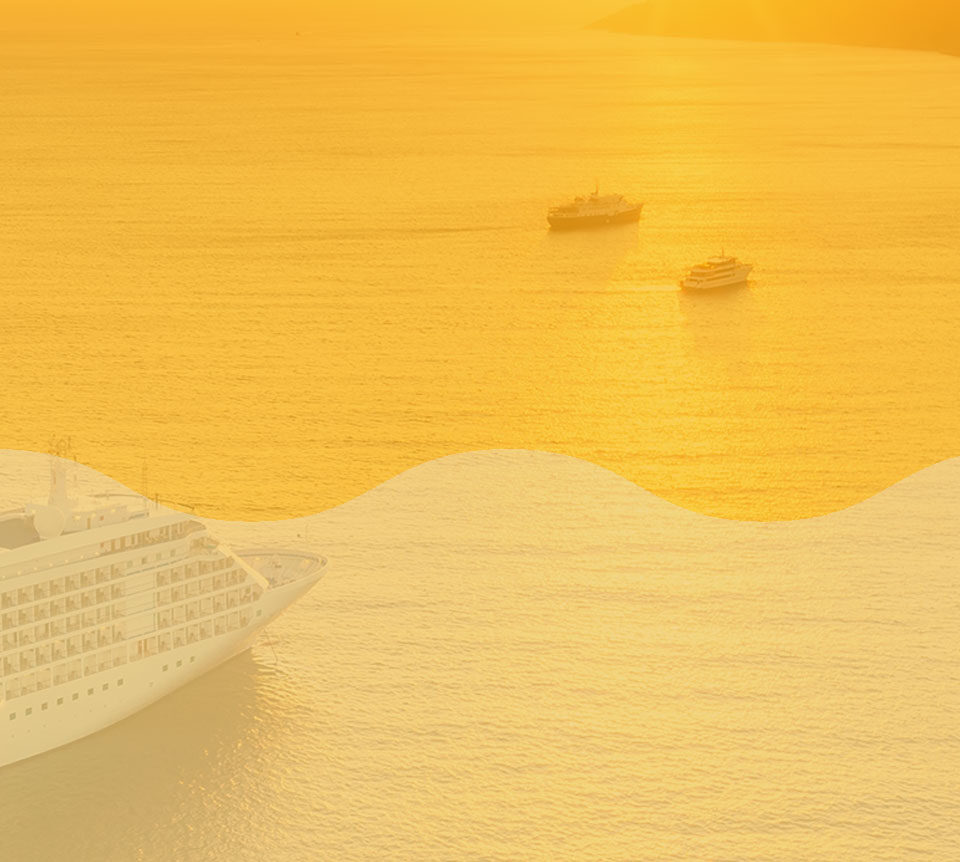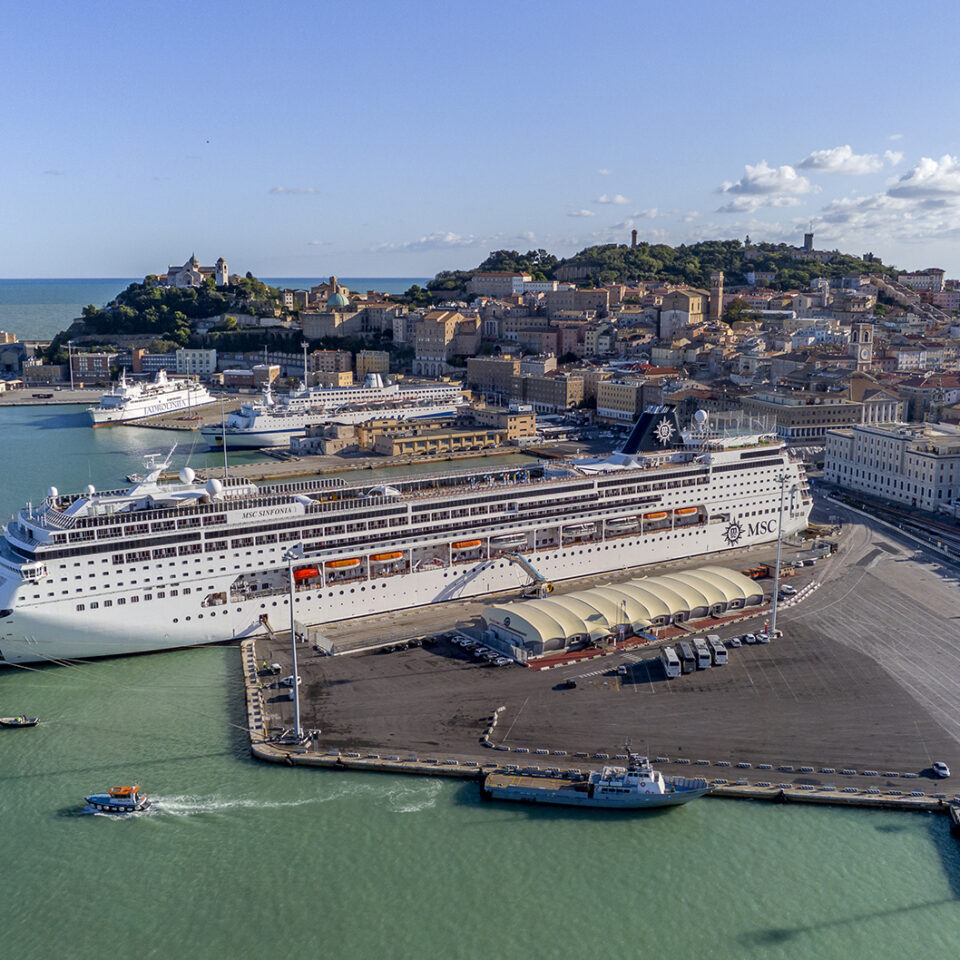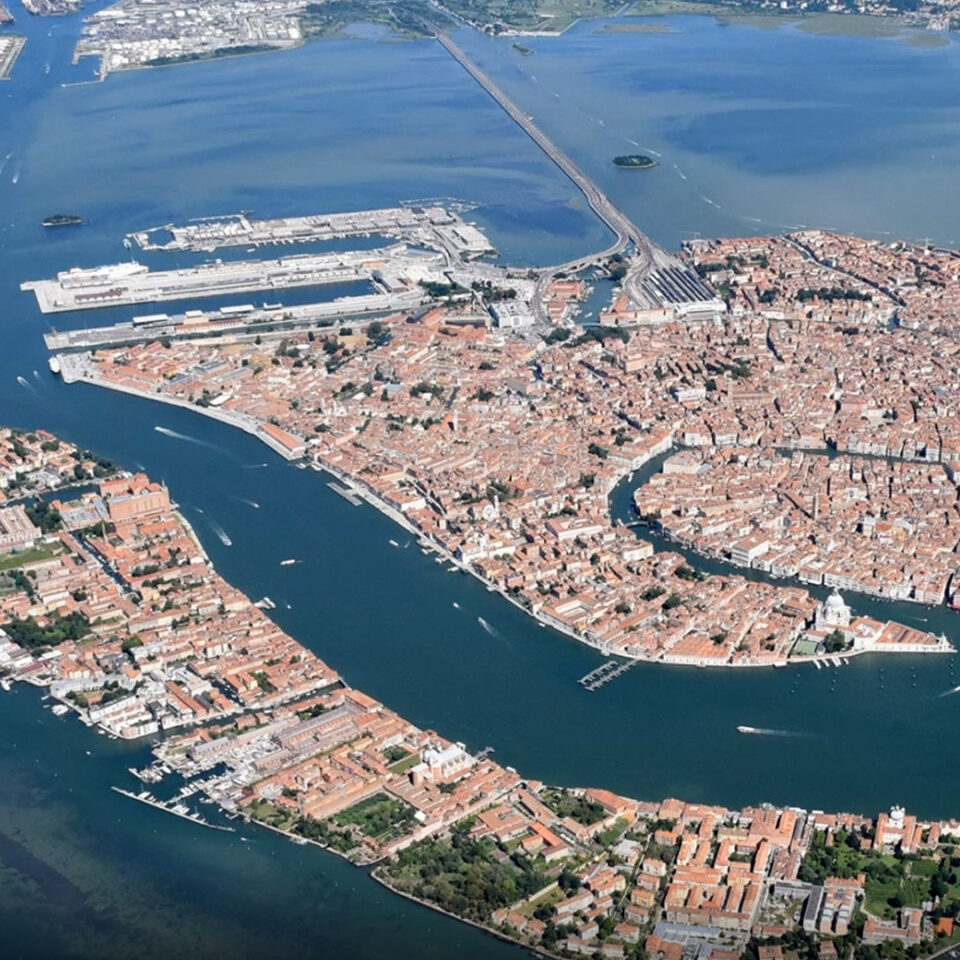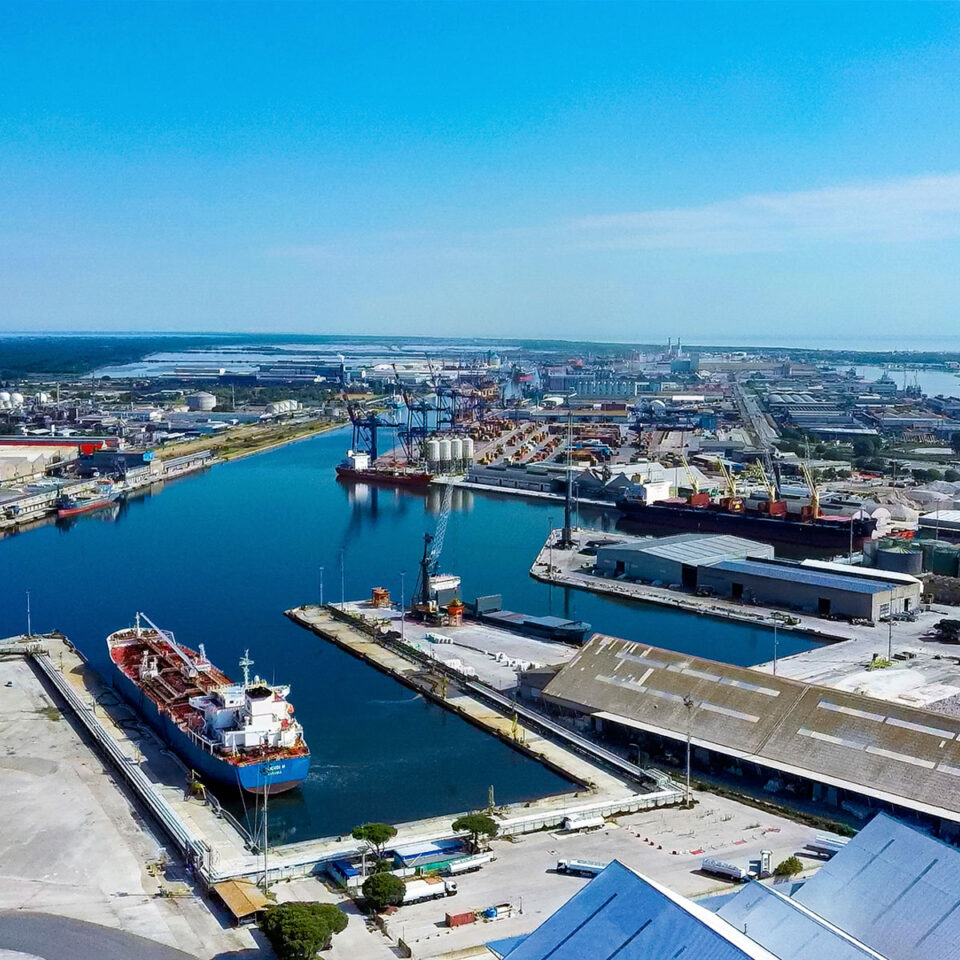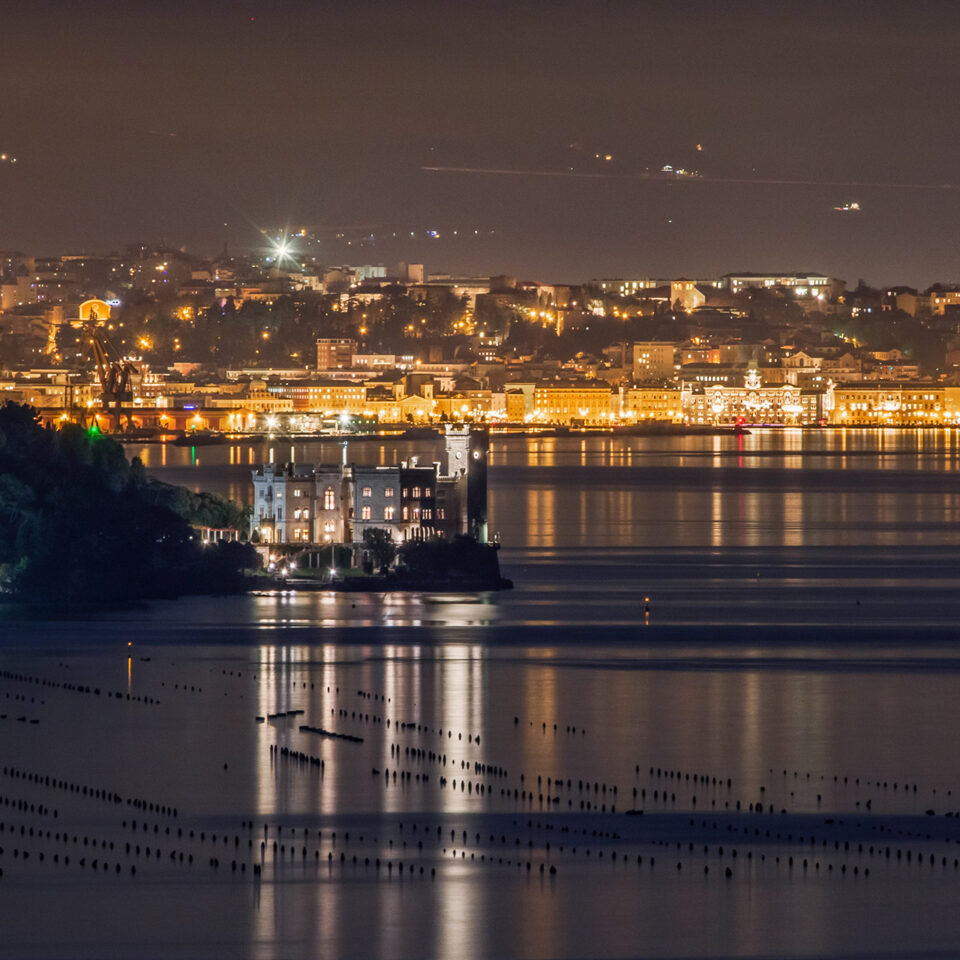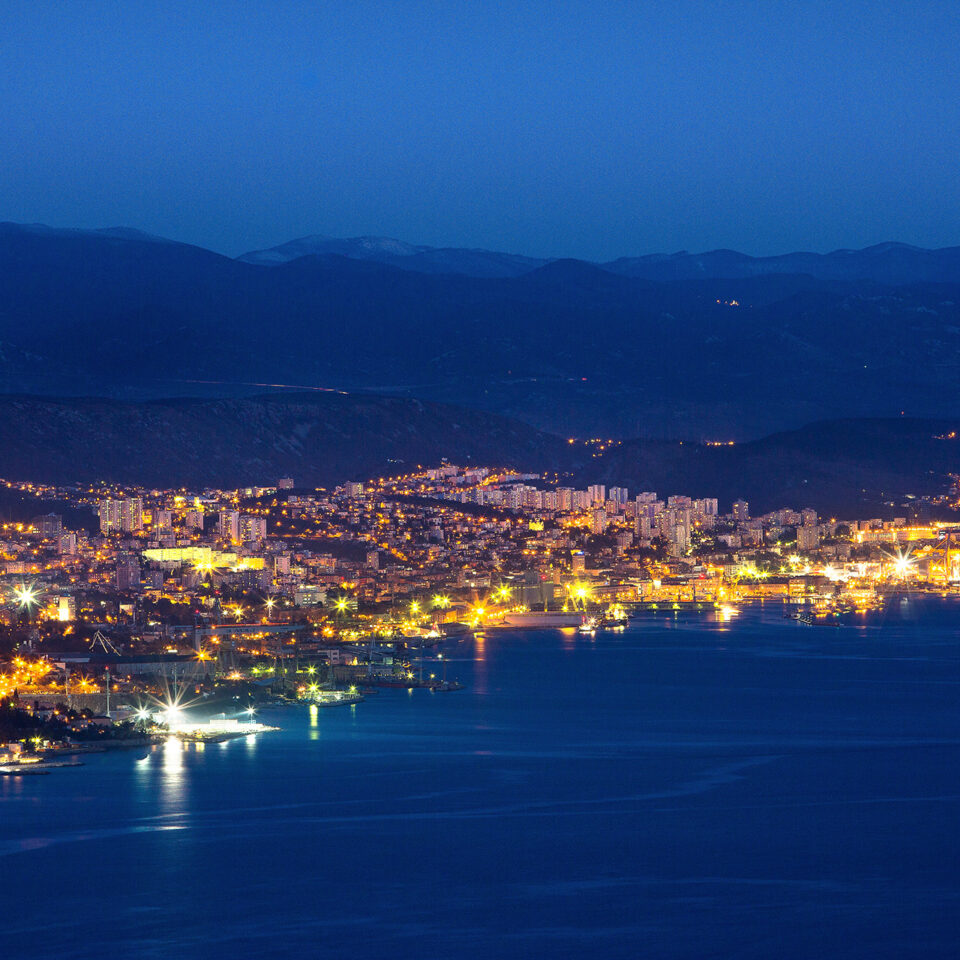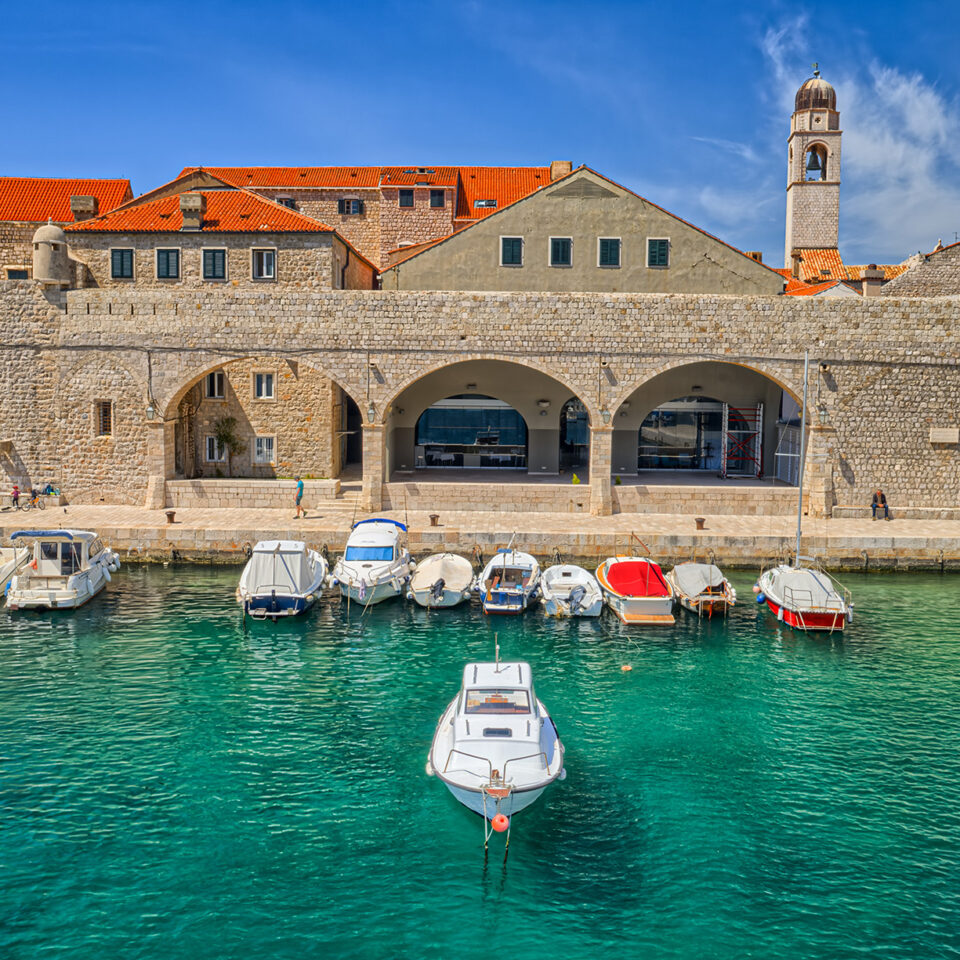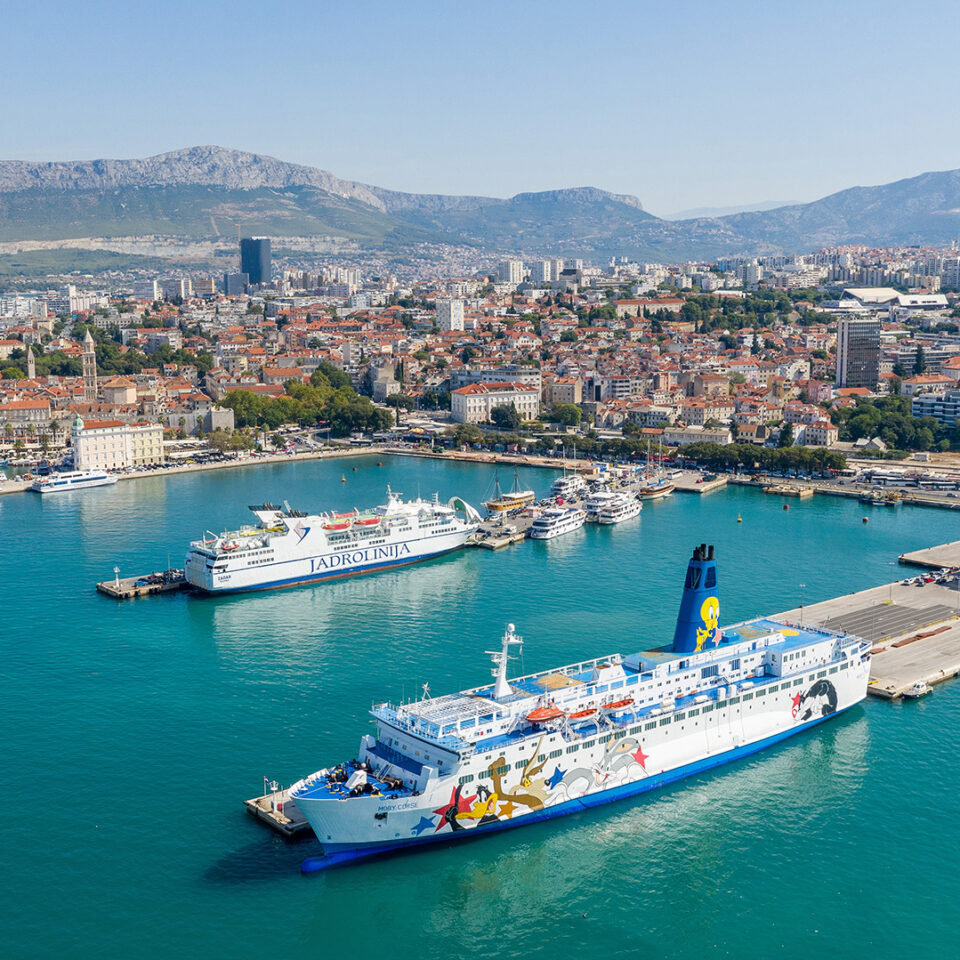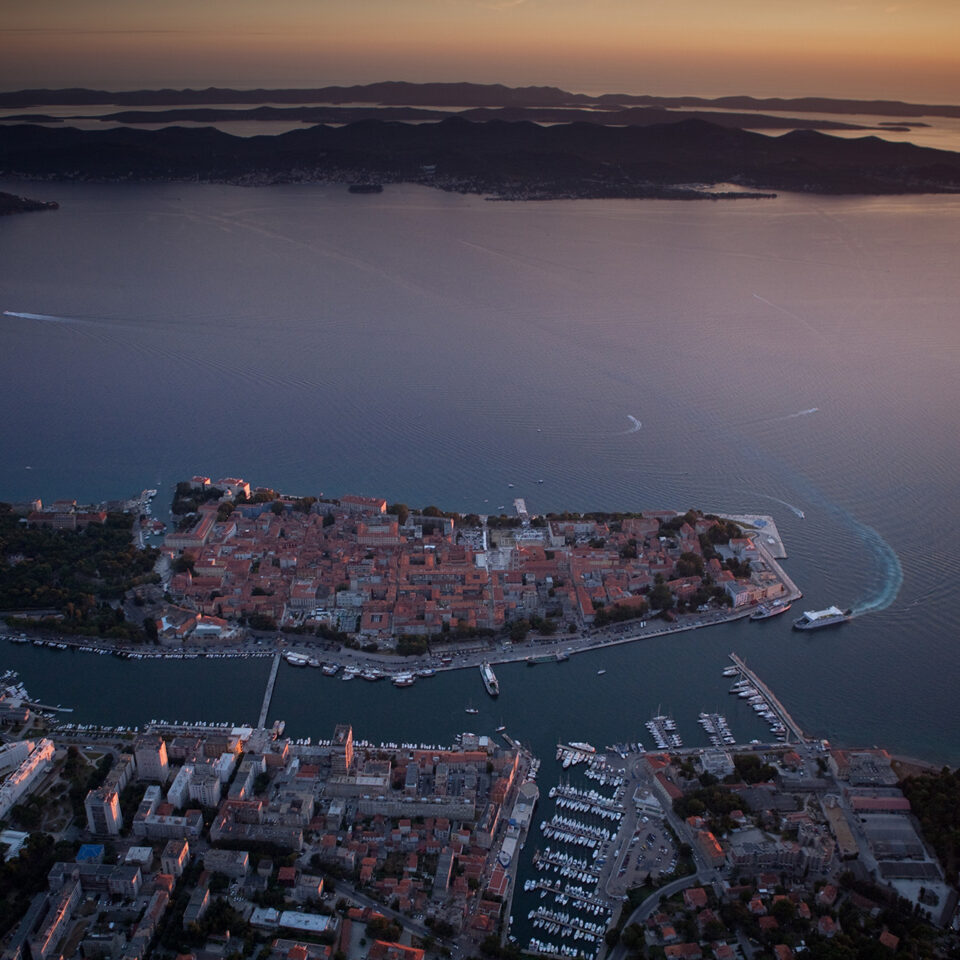Ancona, Ravenna, Venice, Trieste, Rijeka, Zadar, Split and Dubrovnik are the corolla of cities and ports that encircle the northern terminus of the Adriatic Sea, prescribing the network of relationships with continental Europe and the Balkans. Each port has carved out its own niche in terms of routes, trade and production, all the while establishing its influence, alliances and standing in the region. Each has contributed to the protection of resources such as wildlife, ingenuity and inter-generational knowledge, and each has demonstrated an awareness of its shared heritage. Words like facenda – turning work and duty into skill – have become an identifying characteristic of each port.
Knowledge, visions, cultures and traditions are the common ground underpinning economies, professions and relationships to places. In developing the modern, multi-purpose port, the cities and ports have maintained the docks’ historic and architectural features. In Ancona – as in other areas – fishing, shipbuilding, trade docks and navigation services have made the port an essential piece of infrastructure, an ecosystem of professions and values, a terminal of the best that the land has to offer, a multi-cultural agora of different areas of expertise and sustainable innovation. The thousand-year-old relationship with the sea, the Balkans and Eastern Europe has given rise to cultures of work and design. In the dockyards, this has meant learning to create every type of vessel, including cruise ships, merchant ships, ferries, sailing boats, fishing vessels and yachts. Venice‘s dockyard has been a symbol of shipbuilding par excellence since 1150, while Ancona’s are known for the variety of their shipyards and constructions. Rijeka, a pioneering port city, is one example of how such ingenuity dates to prehistoric times, starting with the timber industry. This industry encompasses a knowledge of the woods, the sacredness of nature, commercial adroitness, manufacturing and processing, all of which find application in fishing, transit and receiving wayfarers, travellers and tourists. All of this developed simultaneously, as is evident in the history of Split, where trade and commerce, a lively cultural scene, fishing skills and techniques for processing and preserving the fish (namely, anchovies from Komiža), made possible by specialist boats such as the gajeta falkusa, were shared activities.
The people have preserved their communities’ memory in the form of images, folk literature and proverbs about the weather, the seasons and the meaning of life. They have embraced their communities’ outlook, preserving authentic idiosyncrasies such as the lingua franca spoken on the docks of Dubrovnik and the Croatian ports. The language is a manifestation of a down-to-earth, direct oral tradition separate from the French, Italian, Slavic, Greek, Arabic and Spanish identities. In the linguistic Babel in which we live, where languages constitute ethno-anthropological values, the lingua franca is a functional, cosmopolitan means of basic communication that rests on the mobility of physical and cultural borders. It is a celebration of the dialogue between common roots.
These roots linger on in worship, spirituality, heritage, itinerant lifestyles, the magical effects of nature – the sea, the bora, the Velebit mountain range – in the myths that unite places near and far, stories of miraculous fishing catches, beliefs, festivals of St. Nicholas (the protector of fishermen), lucky charms, pilgrimages and pagan celebrations. All these elements affirm and renew the feeling that one belongs to a shared landscape, a landscape that partly consists of the famous recipes and icons which underpin the material culture. This includes the salted cod of Venice – linked to the North Sea adventures of the merchant Pietro Querini in the mid-1400s – and the coffee in Trieste, a city whose origins date back to its status as a free port in 1750, but which then became an international business cluster, with associations and recognitions, as early as 1891.
Hard work, symbolic conceptualisations, hospitality and valuing heritage: these are the qualities that define the lifestyle, the relationships between port and city and the cultural accessibility of a heritage which, as in Ravenna, spans millennia. The dynamic Adriatic landscapes, swept by the bora wind that gives way to crystal-clear, visionary skies, are home to stories, narratives and legendary routes. The Balkan salt routes in Zadar and Dubrovnik, famous since the Middle Ages, have left a legacy that extends beyond the value of the resource itself, encompassing an appreciation of the landscape, the environment and the area’s biodiversity.



